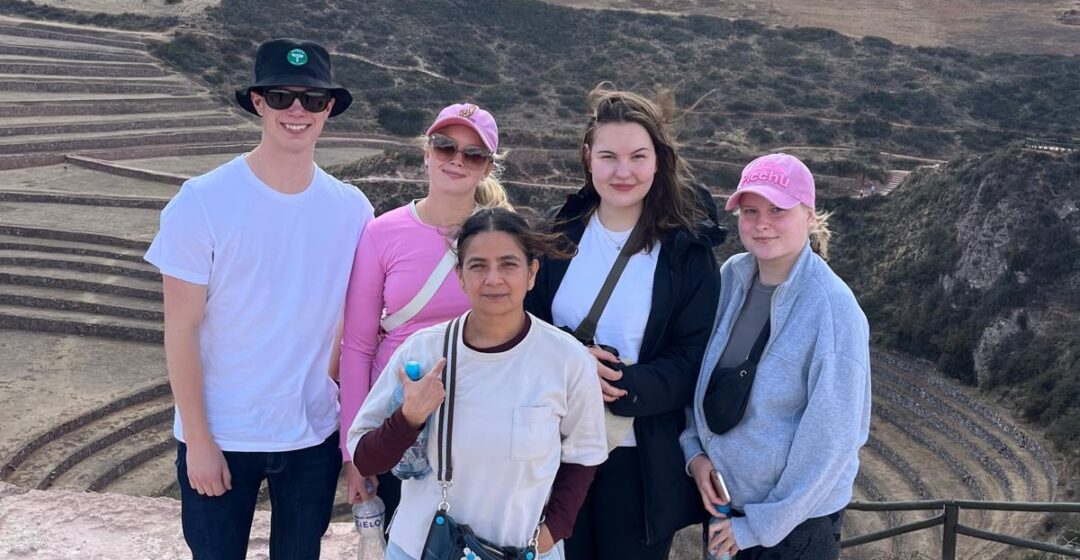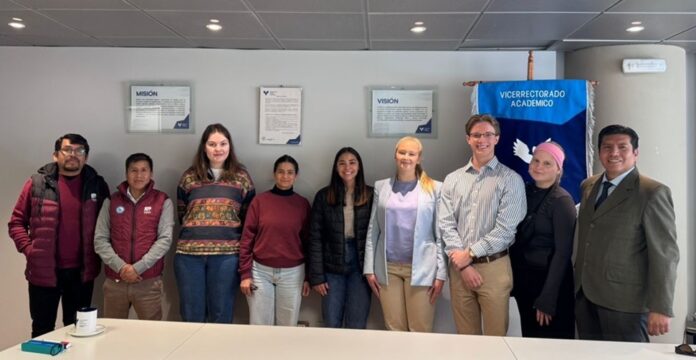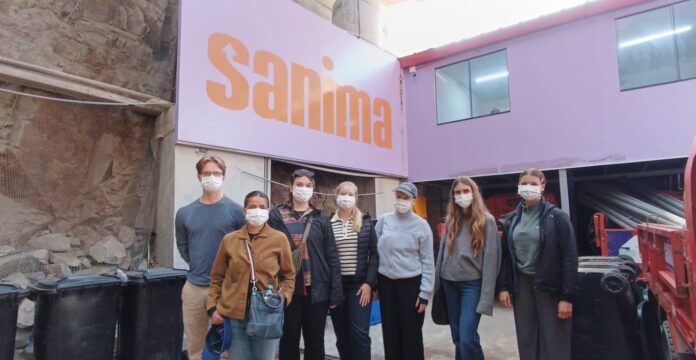Written by Laura Paavilainen, Student at the University of Vaasa, Finland, who visited the PUCP, Peru, autumn 2024 for a short study abroad trip funded by the TFK2023
On 15.10 we started our trip to Peru, which gave me many different and new experiences. During our trip we had multiple activities, such as visiting universities, understanding local ways of living and doing business. These activities taught me so much about Peru and its culture. For example, we learned how local women make crafts. They told us that they color their thread with different foods. We had many in-depth discussions where we talked about cultural differences. In my opinion the biggest cultural difference is the community spirit in Peru. Finnish people are independent, “shy” and withdrawn. However Peruvian people were outgoing, talkative and open. It was great that during our trip I felt like I had a place in Peru. This is explained by the fact that the community openly included us in their culture. For example, we got opportunities to spend time with our Peruvian student friends and people from the PUCP. In addition, there were a lot of cultural differences related to eating in restaurants. Usually, Finnish people don’t share their food, but in Peru we shared a lot of foods. For example, when we were at our last dinner, we had many cakes that we shared together. I think that was amazing way to include Finnish people to Peruvian culture. On that night I felt a high sense of belonging to Peruvian community.
In addition, the poverty in Pamplona Alta was a big shock for me. Finland doesn’t have such extreme poverty anymore unless a person drops out of society themselves. For example, Finland has had that kind of poverty in between 1866 and 1868 when 270 000 people died out of a population of less than two million. We had that kind of poverty, because the harvest didn’t provide enough food for everyone. For some reason I have always thought about poverty from the perspective of food. It has never crossed my mind what happens to human waste. It was eye opening to think that even a bathroom is a privilege and not everyone has access to it. I think it was an important experience to visit Pamplona Alta, because it made me understand concretely that there are people who live a much different life than I do. In addition, it made me think about my future and what kind of job I want to do. I would love to make a difference and help people. That is why I think visiting Sanima was an amazing opportunity, and I am thankful for that.
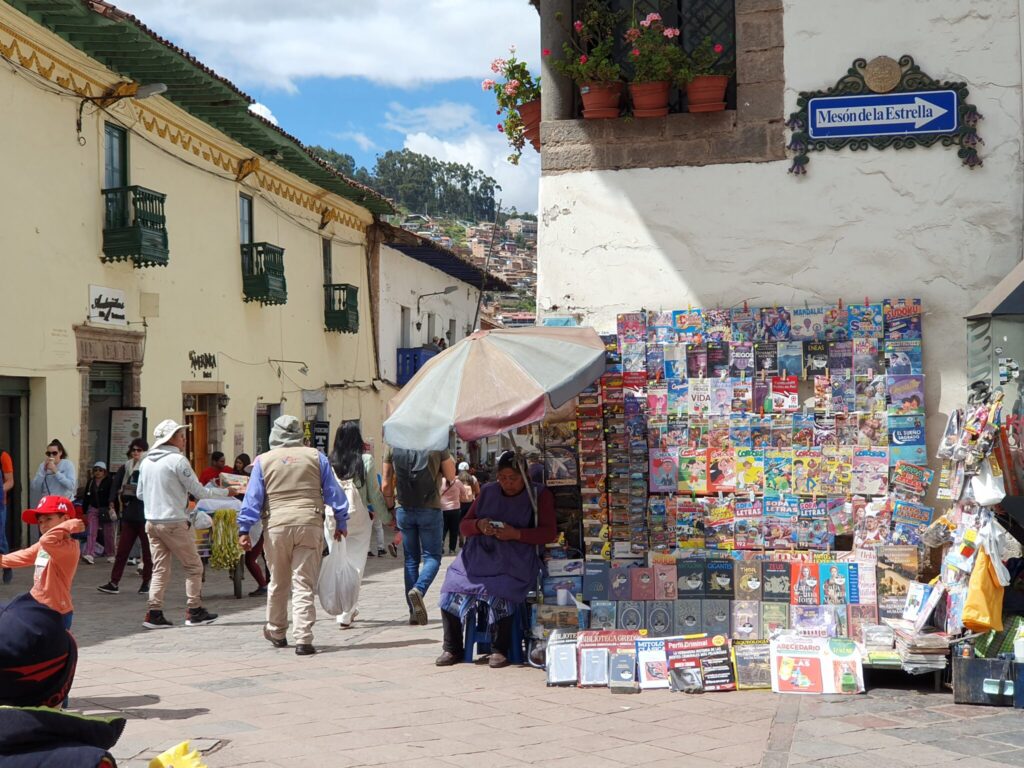
We learned about Peru’s nature and how it creates value for the people in Peru. I think the most memorable experience of our trip was the amazing nature. The mountains were breathtaking, and I have never seen something like that. Me and my friend Mimmi were watching those mountains from our hotel room and discussing about the nature of Peru and its importance for Peruvians. We sort of understood the Incas and why they honored and worshipped the mountains. I think one of the cultural similarities between Finnish and Peruvian people is the respect towards nature. The nature of Finland is an important value for Finnish people, because we live in our nature, eat from it and use it in our industries. Finland is known for its thousands of lakes and green forests. As in Peru, Finland seeks to cherish and value nature. Like the Incas, Finland has also had indigenous religions that respect nature.
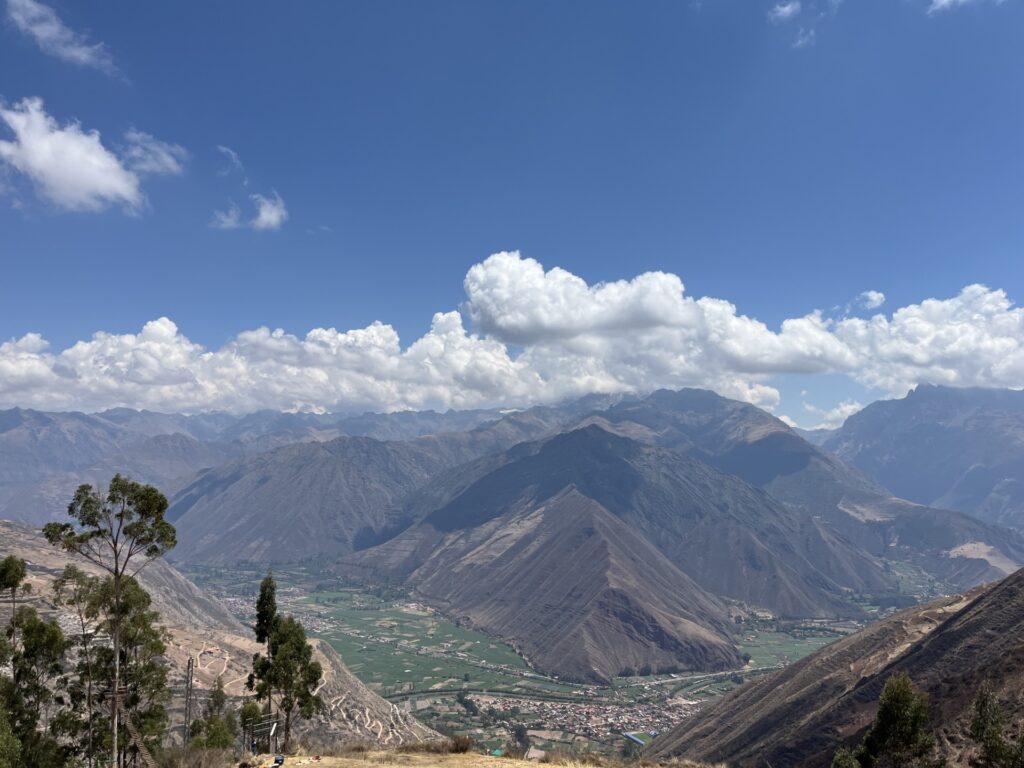
We visited Universidad Andina del Cusco and had one lecture, where they taught us about deforestation and the affect that climate change has to Peru. In that lecture we also talked about how Peruvians use nature. This lecture was very interesting and made me think more about climate change. We also visited some holy areas for the Incas. All these experiences taught us about Peru’s history and Incas. I think it was very important that we got these experiences, because we learned a lot about Peru’s history. We will learn to understand the impact of colonialism on Peruvian society and the importance of tourism. We had many amazing lectures at PUCP. My favorite was a lecture about tourism. Claudia Burga taught us about Peruvian tourism, and we understood how much different kinds of tourism are at the base. It was interesting to hear how Covid-19 influenced tourism.
I did enjoy my time in PUCP and I felt a sense of belonging there. All the students, employees and professors were kind, friendly and welcoming. The campus was beautiful. In addition, the lectures were interactive, which I found interesting. I would recommend PUCP for Finnish students, because even though the teaching is different it is not too different. It was easy for a Finnish student to be in the lectures and follow the teaching. The only downside was that I don’t speak Spanish, which meant that I didn’t always understand everything.
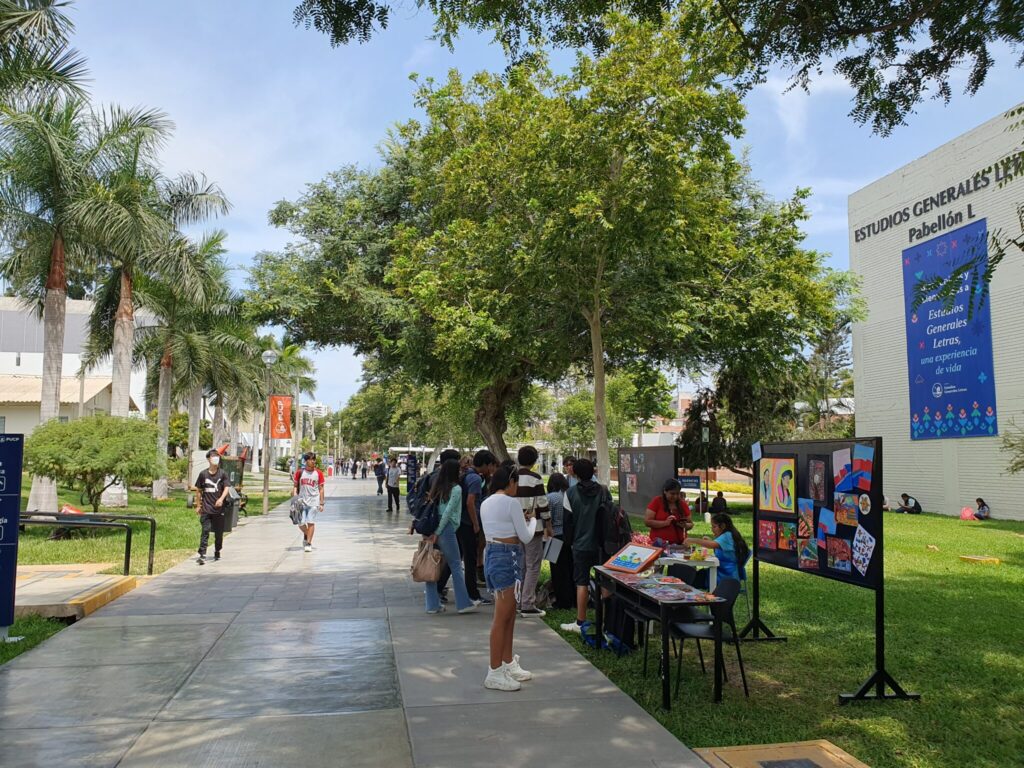
The time in Peru and the experiences I got increased my personal growth. I did learn a lot about myself but also about society. I learned that I want to travel a lot, and I would like to go to Peru again. I also got some ideas about what kind of job I want to have. This trip was also a good lesson in the kind of person I want to be. My moments with Sanima were important to me and I would like to be able to help people again in the future. For my career this trip boosted my confidence in English. It also gave me the certainty that I want to live/work abroad.
The main topics of our trip were sustainability and sustainable international business. I learned a lot about these topics. During our journey, I realized that sustainability is a complex issue, which is why a sustainable business has to take many things into account. For example, I understood that fast fashion and clothing giants are taking jobs away from people who make handicrafts. For example, when we visited the women making handicrafts, I couldn’t help but think that do they have a future because of fast fashion. I understand of course that their handicrafts and presentation of handicrafts were a part of our touristic tours. However, I wonder if they get those handicrafts from fast fashion textile manufacturers. If so, they are not sustainable. In addition, we saw a lot of different street vendors selling clothes. We wondered a lot about the origin of these clothes and whether they were sustainably made. In addition, we discussed about how climate change transforms the nature of Peru. The link between climate change and tourism is interesting, because Peru needs tourists and tries to fight against climate change. However, most of the tourists use airplanes which increases climate change.
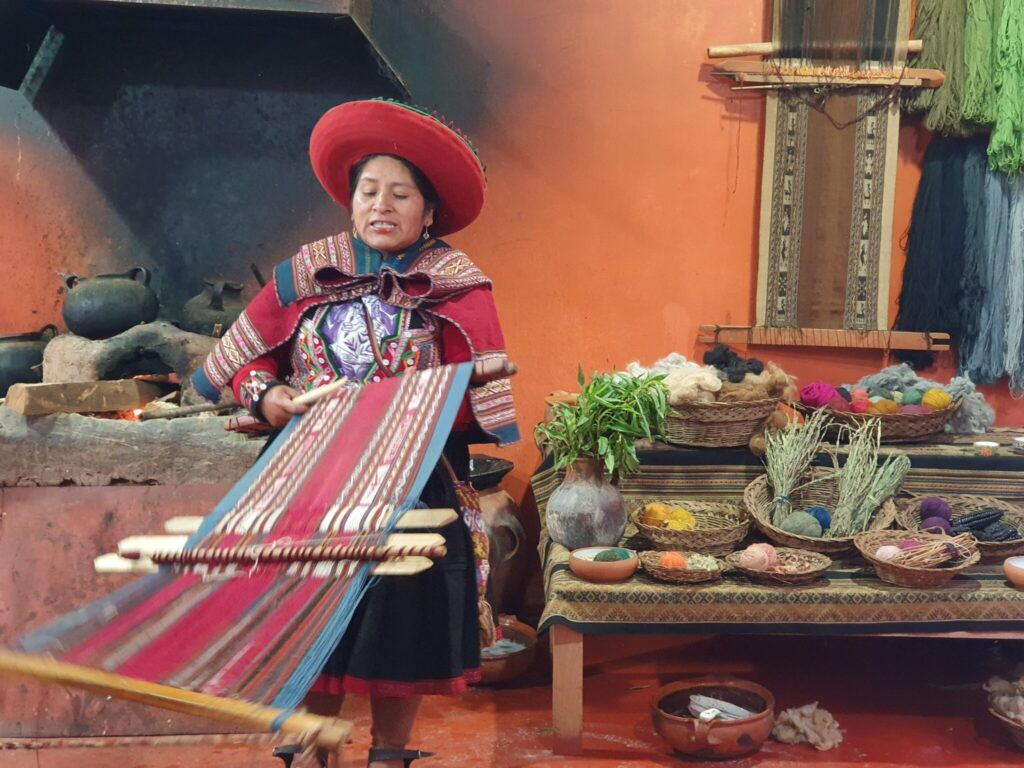
I think the sustainability of Peruvian and Finnish society is very different. The biggest difference is bottle return machines and recycling. In Finland, recycling, such as returning bottles to stores, is important. They don’t have that in Peru. Also, I think the social sustainability is very different in Peru, because of the poverty. In Finland, for example, people’s living conditions do not differ as widely as in Peru. In my opinion, it can be challenging to build working sustainable business between Peru and Finland, because the countries are very different. For such an enterprise to work, both countries would have to be flexible in their values. However, I don’t think it is impossible, but it is challenging.
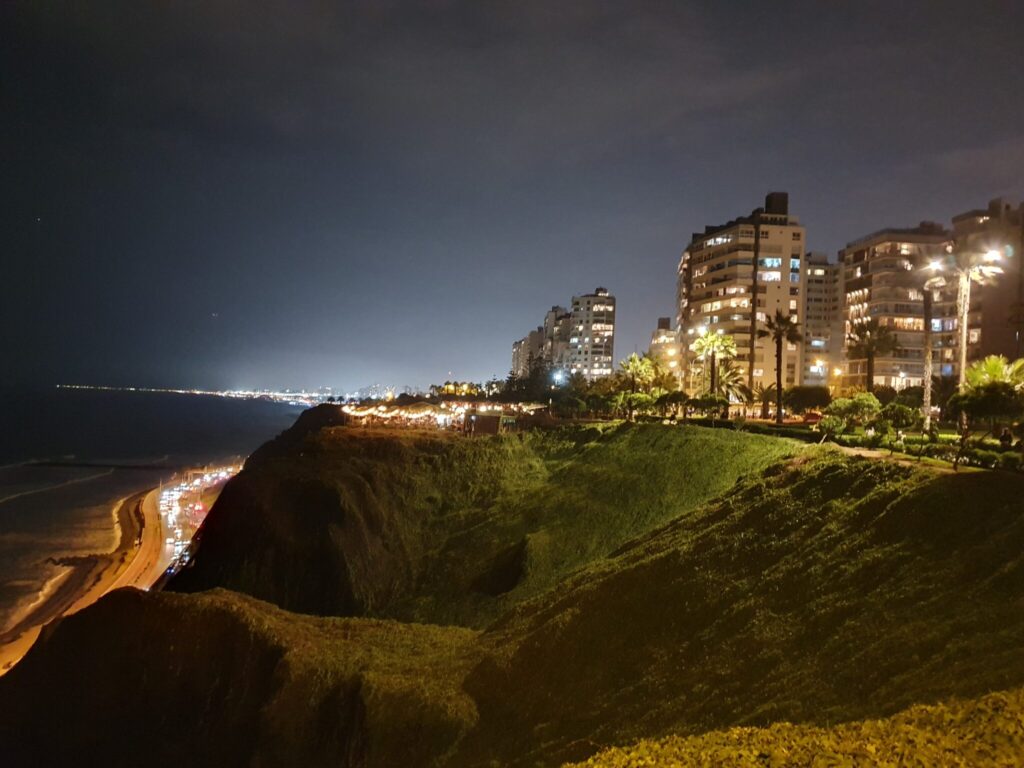
Acknowledgement
This visit was part of a collaborative project “Education for sustainable internationalisation of a firm (ESGinMNC)” uniting the PUCP and the University of Vaasa. The project was funded by by the Finnish National Agency of Education, TFK 2023. This project has been coordinated by Aušrinė Šilenskytė, Program manager and researcher at the University of Vaasa, Finland.
